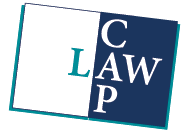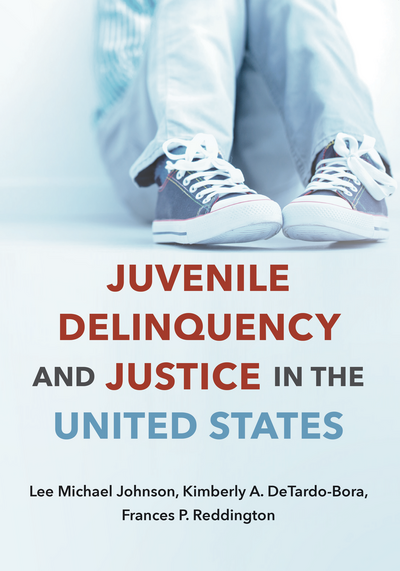New edition forthcoming:
Juvenile Delinquency and Justice in the United States, Second Edition
Forthcoming October 2025, paper, ISBN 978-1-5310-3163-3
Teacher's Manual forthcoming
Juvenile Delinquency and Justice in the United States
by Lee Michael Johnson, Kimberly A. DeTardo-Bora, Frances P. Reddington
2020
Tags: Juvenile Justice
Teacher's Manual available
468 pp $65.00
ISBN 978-1-61163-817-2
eISBN 978-1-5310-0868-0
Juvenile Delinquency and Justice in the United States recognizes both the distinction and overlap between the subjects of juvenile delinquency and juvenile justice. Its twelve chapters are divided into two parts. Part I contains six chapters where the problem of delinquency itself is defined—primarily the nature, extent, and explanation of juvenile offending. Part II contains six chapters that describe formal social control of juvenile offending—primarily the components of the "juvenile justice system," current juvenile justice issues, and reform efforts.
Part I describes what delinquency is exactly, how much of it occurs (and its relative seriousness), why it happens, and why it doesn't happen (social control). Since there are many possible causes of delinquency that operate in complex ways, three chapters are dedicated to them. These chapters focus on theories and factors that receive significant research support. Much attention is given to life course and developmental theories, given their prominent place in contemporary criminology and that child development has long been a focus in understanding delinquency.
Part II describes what the juvenile justice system is doing, and possibly should do, to solve the problem of delinquency. Here, a major feature of the book is that it goes beyond formal justice system structure and processes (policing, courts, and corrections) to address the major role that human/social service workers and agencies play in juvenile justice processes. This is important as most system-involved juveniles are not serious chronic offenders deeply entangled in the system; most are sanctioned in the community and may deal more with social service agents. Social services also play a major role in treating serious offenders. Thus, much attention is given to treatment and rehabilitation issues. Further, broader issues of social justice and human rights are addressed. Unique to this book is a chapter (Chapter 11) devoted solely to juvenile justice reform.
There is a set of 163 PowerPoint slides avialable upon adoption. Click here to view a sample presentation. If you are a professor using this book for a class, please contact Beth Hall at bhall@cap-press.com to request your slides.
Comp Copy If you are a professor teaching in this field you may request a complimentary copy.


